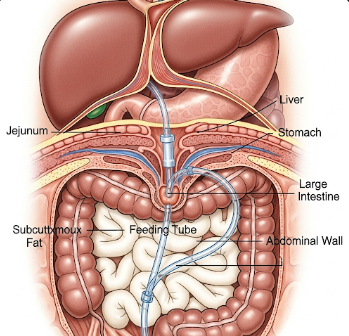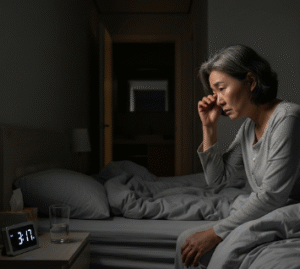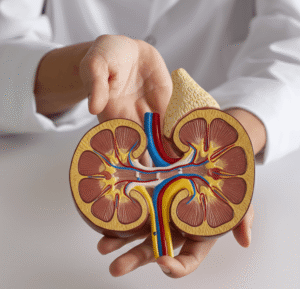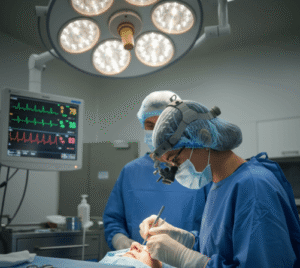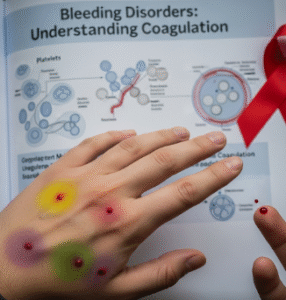Overview
J-Tube placement (Jejunostomy) is a medical procedure to insert a feeding tube directly into the jejunum, the middle section of the small intestine. It is used for patients who cannot take adequate nutrition orally or via the stomach due to conditions like gastroparesis, severe reflux, or gastrointestinal obstruction.
South Korea is recognized for advanced gastrointestinal surgery, interventional radiology, and multidisciplinary nutritional support, making it a preferred destination for patients seeking safe, minimally invasive, and reliable jejunal feeding solutions.
What is J-Tube Placement?
A J-Tube is a thin, flexible tube inserted into the jejunum to provide direct enteral nutrition. It is an alternative to gastric feeding (G-tube) when the stomach cannot be used safely.
Indications for J-Tube placement include:
- Severe swallowing disorders preventing oral feeding
- Gastroparesis or delayed gastric emptying
- Upper gastrointestinal obstruction or surgery
- Severe reflux with aspiration risk
- Long-term nutritional support in critically ill patients
Purpose of the J-Tube:
- Deliver nutrients, medications, and hydration directly to the small intestine
- Bypass the stomach to reduce risk of aspiration or vomiting
- Support adequate caloric and protein intake for recovery or chronic conditions
What are the Benefits?
- Reliable nutritional support → Ensures adequate caloric intake in patients unable to eat orally
- Reduced risk of aspiration → Bypasses the stomach in high-risk patients
- Minimally invasive options → Endoscopic, radiologic, or surgical placement
- Customized feeding regimen → Tailored to individual caloric and fluid needs
- Improved recovery and quality of life → Especially in critically ill or chronic patients
- Expert care in Korea → Experienced gastroenterologists and surgical teams
Procedure Details
1) How should I prepare for J-Tube placement?
- Preoperative evaluation → Blood tests, imaging (CT or ultrasound), and nutritional assessment
- Medication review → Blood thinners and anticoagulants may need temporary adjustment
- Fasting → Usually 6–8 hours prior to the procedure
- Pre-procedure consultation → Discuss placement technique (endoscopic, radiologic, or surgical), tube size, feeding protocol, and risks
- Lifestyle preparation → Arrange for caregiver support at home for post-procedure tube management
2) What happens during the procedure?
- Anesthesia → Sedation or general anesthesia depending on patient condition and placement method
- Patient positioning → Supine with abdomen prepared and disinfected
- Surgical / Endoscopic steps →
- Small incision or endoscopic guidance to access the jejunum
- Tube inserted and secured with internal and external fixation
- Placement confirmed with imaging (X-ray or fluoroscopy)
- Feeding protocol initiated after verification
- Duration → 30–90 minutes depending on method and patient complexity
- Monitoring → Continuous vital sign monitoring throughout the procedure
3) What happens after J-Tube placement?
- Immediate post-operative care → Observation for bleeding, leakage, or tube displacement
- Pain management → Mild analgesics for abdominal discomfort
- Tube care → Proper cleaning, flushing, and dressing changes
- Feeding initiation → Gradual introduction of enteral nutrition as per dietitian recommendations
- Follow-up visits → Regular assessment of tube function, nutrition status, and site healing
Risks / Benefits
Risks
- ➤ Infection at the insertion site
- ➤ Tube dislodgement or blockage
- ➤ Leakage around the tube site
- ➤ Abdominal pain, nausea, or diarrhea
- ➤ Rare complications: bowel perforation or bleeding
Benefits
- ➤ Ensures adequate nutrition in patients unable to feed orally
- ➤ Bypasses stomach to reduce aspiration risk
- ➤ Minimally invasive placement with short recovery
- ➤ Customizable feeding protocols
- ➤ Expert Korean teams ensure safe and effective long-term support
Recovery and Outlook
- Immediate recovery → Mild abdominal discomfort; monitored for vital signs and tube function
- Short-term follow-up → 1–2 weeks for site check, tube patency, and nutrition assessment
- Return to routine care → Tube management training for patient or caregiver; gradual feeding escalation
- Long-term outlook → Supports sustained nutrition, improved recovery, and quality of life
- Post-procedure care → Regular tube flushing, monitoring for infection, and follow-up imaging if necessary
- Integration with care plan → Dietitian-guided nutrition, medications administration via J-Tube, and chronic disease management
South Korea provides comprehensive enteral nutrition support, multidisciplinary care, and patient education to ensure safe and effective J-Tube use.
When To Call the Doctor
Contact your healthcare provider immediately if you notice:
- ⚠️ Redness, swelling, or pus at the tube site
- ⚠️ Tube blockage or dislodgement
- ⚠️ Fever or signs of infection
- ⚠️ Severe abdominal pain or vomiting
- ⚠️ Leakage of feeding solution or bleeding around insertion site
Best Korea Option / Process
South Korea is a leading destination for J-Tube placement due to:
- Expert gastroenterologists, surgeons, and dietitians
- Minimally invasive placement techniques (endoscopic, radiologic, or surgical)
- Comprehensive post-procedure care and monitoring
- Tailored feeding protocols and nutrition plans
- International patient services → Consultation, translation, scheduling, and follow-up
Top Hospitals for J-Tube Placement in Korea:
- Asan Medical Center, Seoul – Advanced GI surgery and enteral nutrition support
- Samsung Medical Center – Expertise in minimally invasive jejunostomy placement
- Seoul National University Hospital (SNUH) – Multidisciplinary nutritional and GI care
- Yonsei Severance Hospital – Comprehensive critical care and long-term feeding management
👉 For patients needing long-term enteral nutrition or gastric bypass feeding, J-Tube placement in Korea provides a safe, effective, and expert-managed solution with comprehensive follow-up.

